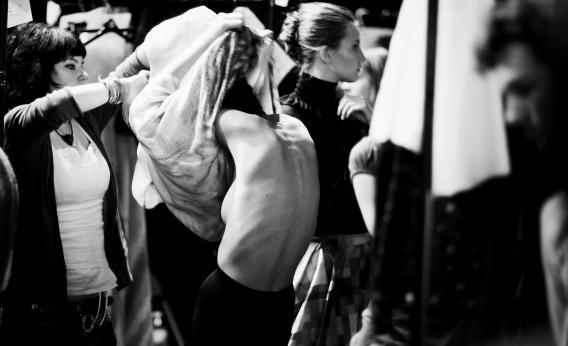Vogue magazine’s new policy banning underage and underfed women is a triumph not just for what it does, but for what it represents. Conde Nast International announced Thursday that the June issues of its 19 international editions will no longer carry photographs of models younger than 16 or models who “appear to have an eating disorder.” The company promised to encourage making “healthy food options” available to models backstage, and to ask designers to refrain from sending “unrealistically small sample sizes of their clothing, which limits the range of women who can be photographed in their clothes.”
How exactly this plays out matters a lot. Judging the “look” of an eating disorder is subjective; many of us would consider the majority of models in Vogue excuciatingly thin, but we’re not in charge of who gets eliminated. No doubt there’s a high bar to qualify as too thin in this particular industry.
But what’s remarkable about this announcement, even in the absence of seeing the June issue of Vogue, is that it represents a portion of the fashion industry taking responsibility for its power. It amounts to an acknowledgement that fashion editors are influential not just for their assessments of what shoes are beautiful, but for their assessments of what bodies should look like. This is rare. In her book, “Pricing Beauty,” model-turned-sociologist Ashley Mears wrote about the routine buck-passing that goes on in the fashion industry when questions about size and ethnic diversity come up. Bookers and editors and designers all blame each other for deciding what kind of female beauty is the right kind of female beauty.
“Designers want them to look a certain way,” one magazine editor tells Mears, blaming them for making models so skinny.
“We take who the agencies give us,” a designer explains, passing the buck along to booking agencies. “If they only choose that kind of waif, tall figure that that’s what we’ve got to choose from.”
“34-24-34 is the ideal size,” a booker says. “I have no idea where that came from. Of course I don’t like that.”
And round and round it goes, and the quest for edginess pushes the “look” to ever bonier extremes, and no one is willing to step forward and say, “Enough.” Amazingly, this week, Vogue did just that.
